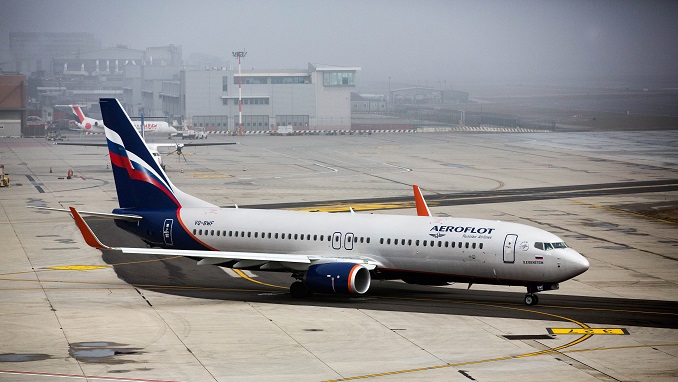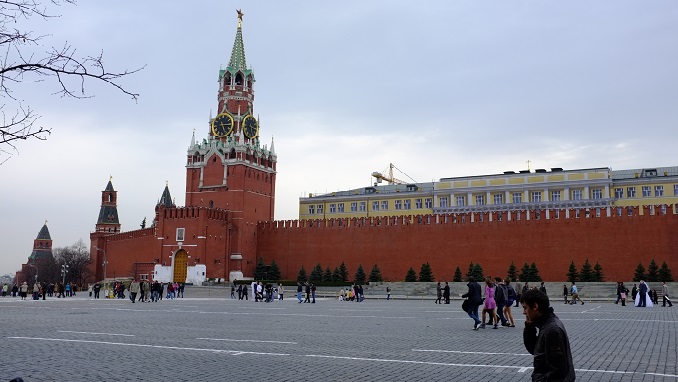In September 2019, Moscow’s Sheremetyevo International Airport, the largest in Russia, became the first in eastern Europe to operate three runways. The airport is counting on the runways and its new passenger terminals to increase its passenger numbers by a factor of 1.5 to 65 million people by 2030, Russian Aviation Insider reports.
The target affords vast opportunities for Sheremetyevo’s Aeroflot base carrier, Russia’s largest airline, as well as its subsidiaries and SkyTeam alliance partners.
Today, Sheremetyevo, which is celebrating its 60th anniversary this year, continues to lead the Russian market in terms of operational results. Last year it was accountable for 47.1 percent of the combined traffic volume of the Moscow Aviation Cluster, which includes the city’s three large airports of Sheremetyevo, Domodedovo, and Vnukovo. For the first nine months of 2019 the leading airport handled 38.1 million passengers – roughly half of Moscow Aviation Cluster’s combined traffic and 22 percent of the entire number of passengers who traveled through Russian airports.
An airport’s ground infrastructure is as important for airlines as are its pricing policies towards airline customers. Infrastructure restrictions can seriously impede airlines’ development plans. Previously, Sheremetyevo’s capacity has been limited by the closeness of its two adjacent parallel runways rendering it unable to handle simultaneous parallel operations. But with the construction of the third runway, the number of aircraft movements through Sheremetyevo has now increased from 60 to 90 per hour. The airfield capacity now matches the airport’s expanding passenger terminal capacity and also allows for future growth targets.
Sheremetyevo’s roadmap for 2020 includes the service entry of a new hangar complex adjacent to the third runway, which will feature an aircraft maintenance base offering seven hangars, ramps, ground handling equipment and other relevant facilities. The opening of an apron with parking for 40 aircraft slots is scheduled for 2022.
The launch of the third runway also provides relief for runway 1, built in 1953, and allows for its gradual reconstruction. Four taxiways will be repaired, and two more high-speed taxiways built to link the original runway with the airport’s new northern terminal complex. At the same time, the runway’s engineering and communications networks will be upgraded and fitted with an ice build-up alerts system.
In November, Russia’s aviation authority Rosaviatsiya issued an approval for the re-opening of Terminal C, which had been undergoing major reconstruction works. The rejuvenated terminal, which is designated for international flights, will serve its first passengers in January 2020. With more than 127,300 sq-m of floor area, it has the capacity to handle 20 million passengers per year and will be integrated with the existing Terminal B and linked with a five-storey car park with 2,500 parking slots reached by two covered passageways.
The second phase of the airport’s construction scheduled for 2021 will further expand its annual capacities by an additional 10 million passengers. For this, the construction of a new building, Terminal G, may begin in 2024 or 2025, and in the longer-term perspective, the airport is also considering the reconstruction of Terminal F.
“With all this in mind, taking into account the introduction of new passenger terminals, Sheremetyevo is planning to enter the premier league of the world’s largest aviation hubs, thereby strengthening its status as the main transit hub between Europe and Asia,” the airport claims.



